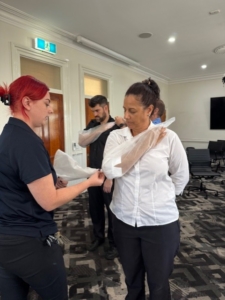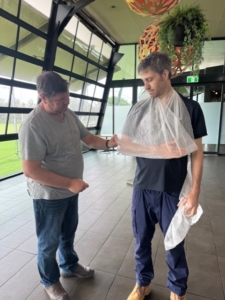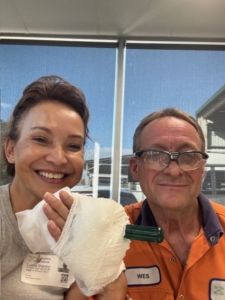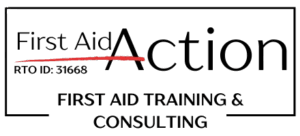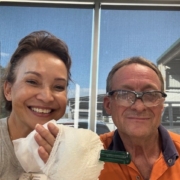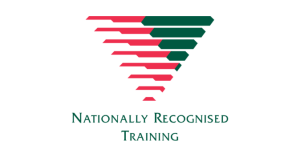The Versatility of the Triangular Bandage
Why is the Triangular Bandage the best item in the first aid kit?
The versatility of the triangular bandage lies in its ability to adapt to a wide range of situations. Its shape and size allow it to be folded, tied, or wrapped in various ways, making it suitable for addressing multiple types of injuries in first aid situations at home or work.
Uses of the Triangular Bandage in First Aid
The triangular bandage can be applied in numerous ways during emergencies. Below are some of its most common and practical uses:
1. Sling for Arm or Shoulder Injuries
One of the most well-known uses of the triangular bandage is as a sling to support an injured arm or shoulder. By folding or tying the bandage, you can create a secure sling that immobilizes the arm, alleviating pain and reducing the risk of further injury. This is particularly helpful for fractures, sprains, or dislocations.
2. Securing Splints
In cases where a limb needs to be immobilized using a splint, the triangular bandage can be used to tie the splint in place securely. Its strength and flexibility make it ideal for ensuring that the splint stays in position, providing stability and protection to the injured area.
3. Head and Scalp Injuries
For wounds or injuries to the head, the triangular bandage can be wrapped around the scalp to protect the affected area. This application is especially useful for controlling bleeding and preventing contamination of open wounds.
4. Bandaging Larger Wounds
When dealing with large wounds that require coverage, the triangular bandage can be used as a dressing. It provides adequate coverage and can be tied securely to keep the wound protected until professional medical help is available. It can also act as a thick pad to apply pressure to stop bleeding or folded into a donut ring to support impaled objects.
5. Tourniquet for Severe Bleeding
In critical situations where severe bleeding needs to be controlled, the triangular bandage can be folded and used as a makeshift tourniquet. While this should only be done as a last resort and with proper caution, it demonstrates the bandage’s adaptability in life-threatening scenarios.
6. Eye Injuries
The triangular bandage can be used to create an eye pad by folding it into a smaller shape. This pad can then be tied around the head to keep the injured eye covered and protected. It can also be used a donut bandage to cover an impalement in the eye.
7. Emergency Padding
In situations where additional padding is required, the triangular bandage can be folded into a compact shape and used to cushion injuries. This is particularly helpful when splints or other rigid objects need extra padding to avoid discomfort.
8. Securing Cold Packs
When treating swelling, the triangular bandage can be used to secure cold packs or compresses against the affected area. Its ability to hold these items in place ensures that they stay effective and properly positioned.
9. Temporary Binding or Restraints
Although less common, the triangular bandage can serve as a temporary restraint or binding tool in emergency situations where controlling movement is necessary for safety.
The Triangular Bandage in Remote Locations
One of the greatest advantages of the triangular bandage is its practicality in remote or outdoor environments. For hikers, campers, or adventure enthusiasts, this lightweight and compact tool can be a lifesaver. Its ability to function as a sling, splint tie, or wound cover makes it indispensable in settings where medical facilities might be far away.
